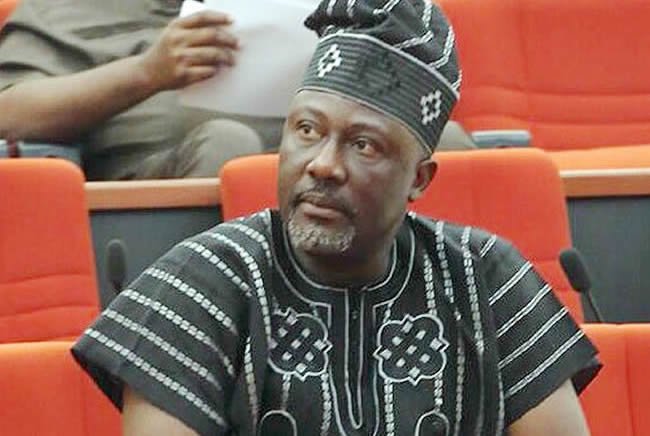ABC
At least 14 students and one teacher are dead after a shooting at Robb Elementary School in Uvalde, Texas, Gov. Greg Abbott said Tuesday.
The 18-year-old suspect, who is also dead, was a student at Uvalde High School, according to Abbott.
The governor said the suspect also allegedly shot his grandmother before entering school premises, but did not give any details about her condition.
In the wake of the deadly mass shooting, many parents are left grappling with how to explain the horrific act of gun violence — at a setting where most kids spend a majority of their days — to their children and teens.
“For the majority of teenagers, school is a safe and supporting environment,” Dr. Robin Gurwitch, a licensed clinical psychologist and professor at Duke University Medical Center, told ABC News in 2018, after 17 people, including students, were killed at Marjory Stoneman Douglas High School in Parkland, Florida.
“So when a shooting happens at a school, it undermines our sort of worldview about where I can be that is a safe place,” she added.
Gurwitch, a member of the National Child Traumatic Stress Network, broke down how parents can discuss the news with their children, and how to help them to feel safe in the aftermath of the harrowing headlines.
Parents should initiate a conversation
Gurwitch stressed that in situations like a mass tragedy, it is “extremely important” for parents and caregivers — especially those with children in high school — to “be willing to bring this topic up.”
“We really want to want to wrap our arms around them and make them feel safe,” she added. “But part of being a parent is willingness to discuss difficult topics.”
“To believe that our children don’t know that these events occur is wishful thinking,” Gurwitch said. “We live in an age where we can go online and see live feed of people leaving the school, of responders, it’s updated every few moments.”
Gurwitch suggests that if you are watching the news with your children, turn it off and talk about the events calmly in order to get an idea of what they know, where they are coming from, and what misconceptions they may have already heard.
It is also critical to reassure children that parents and adults at their school “are going to do everything we can to make you safe,” Gurwitch added.
“Let them know that their school has plans in place to do everything to the best of their ability to make them safe,” she said.
Adapt the conversation based on your child’s age
Gurwitch emphasized that the conversation about the news should vary based on the age of your child.
“I use the analogy ‘it is the same as having a conversation about where do babies come from’ — it is a very different conversation if I’m talking to a preschool or elementary school student than if I’m talking to a high school student,” Gurwitch said.


